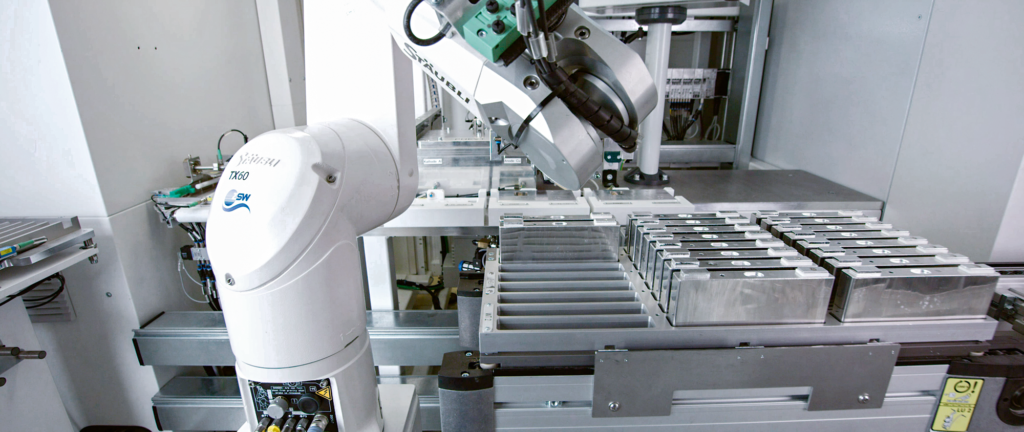The production process of lithium batteries involves several stages, from raw material extraction to final assembly. Here is an overview of the typical production process for lithium-ion batteries, which are a common type of lithium battery.
- Raw Material Extraction:
- Lithium Production: Lithium is typically extracted from lithium-containing minerals or brine deposits. The extracted lithium undergoes various purification processes.
- Cathode Materials: Materials such as lithium cobalt oxide (LiCoO2), lithium manganese oxide (LiMn2O4), or lithium iron phosphate (LiFePO4) are prepared for the cathode.
- Cathode and Anode Preparation:
- Cathode Coating: The cathode material is coated onto aluminum foil and dried to form the cathode electrode.
- Anode Coating: The anode material, often graphite, is coated onto copper foil to form the anode electrode.
- Separator Production:
- Separator Manufacturing: A porous separator, typically made of polyethylene or polypropylene, is produced. The separator keeps the cathode and anode electrodes apart and allows the flow of ions.
- Cell Assembly:
- Winding or Stacking: The cathode, anode, and separator are wound or stacked together to form a jelly-roll-like structure. This structure is then placed into a metal can.
- Electrolyte Injection: A liquid electrolyte, usually a lithium salt in a solvent, is injected into the cell. Some batteries use a gel or solid-state electrolyte.
- Cell Sealing: The cell is sealed to prevent leakage and to contain the electrolyte.
- Formation and Aging:
- Formation: The cells undergo a formation process, which involves initial charging and discharging cycles to stabilize the cell’s performance.
- Aging: The cells are aged to allow for the formation of a solid electrolyte interface (SEI) layer, improving performance and safety.
- Battery Module and Pack Assembly:
- Module Assembly: Battery cells are grouped into modules, which are larger units that can be combined to form a battery pack.
- Packaging: Modules are assembled into a complete battery pack, along with the battery management system (BMS) for monitoring and controlling the cells.
- Quality Control and Testing:
- Quality Control: The batteries undergo rigorous quality control checks, including tests for capacity, voltage, and safety features.
- Testing: Battery packs are tested for performance, safety, and reliability.
- Final Inspection and Packaging:
- Final Inspection: The finished battery packs undergo a final inspection for quality assurance.
- Packaging: Battery packs are packaged and prepared for distribution.
It’s important to note that the production process may vary depending on the specific type of lithium-ion battery, such as lithium iron phosphate (LiFePO4) batteries or lithium nickel cobalt manganese oxide (LiNiCoMnO2 or NMC) batteries. Additionally, safety measures are implemented throughout the production process, especially considering the flammable nature of lithium-ion batteries.


